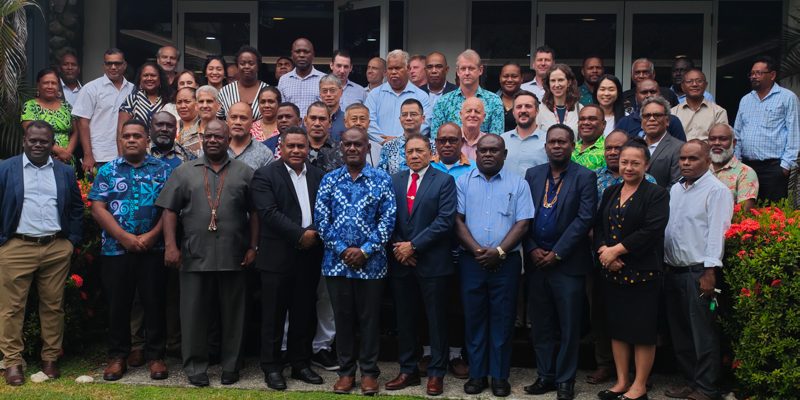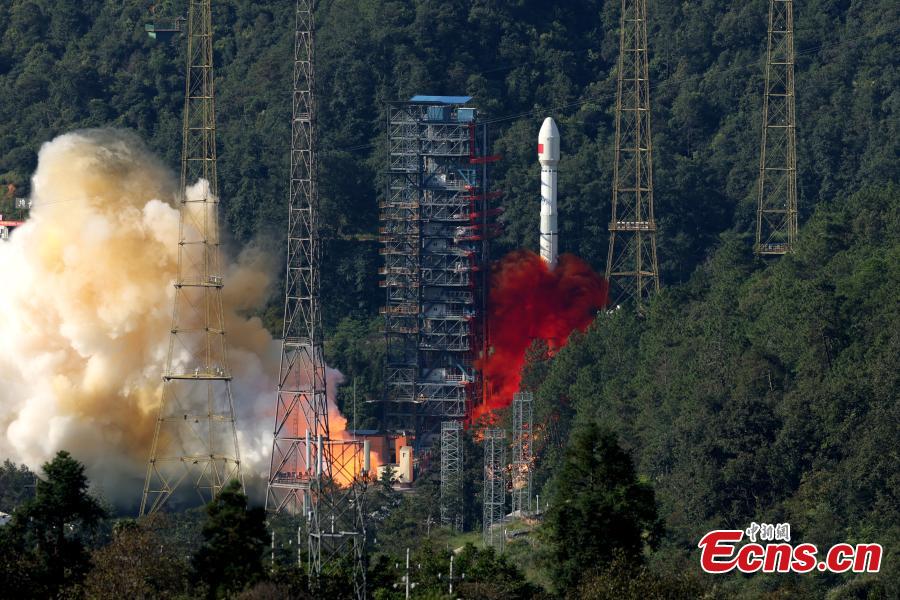
Solomon Islands received approximately SBD 8.809 billion in development assistances between 2016 and 2021 from its bilateral and multilateral partners and these assistances have contributed significantly to the nation’s development endeavors and growth, it was revealed. According to the Ministry of National Planning and Developing Coordination (MNPDC) these development assistances had been directed to a broad range of sectors, including health, education, infrastructure, governance and climate change mitigation This was highlighted during the roundtable dialogue between Solomon Island Government and the Development Partners in Honiara last week.
“Of the total development assistances, around SBD 3.834 billion or 43 percent came from multilateral partners, while bilateral partners contributed SBD 4.984 billion or 57 percent.

“These assistances were provided in the form of technical assistance, grants and concessional loans, supporting various development projects across the country.” The report stated that during the same period, the Solomon Islands Government (SIG) contributed approximately SBD 4.795 billion through its annual development budget to funding key development initiatives.
“In total, both SIG and development partners contributed around SBD 13.604 billion, with SIG providing 35 percent of this amount, while development partners contributed 65 percent. “Of the SBD 13.
604 billion, the largest share—around 54 percent or SBD 7.362 billion—was allocated to programs and projects linked to objective One of the National Development Strategy (NDS).” It was highlighted these initiatives were aimed at promoting sustainable and inclusive economic growth for the country.
Additionally, governance, peace-building, policing and rural development-related programs targeting five accounted for 31 percent or SBD 4.193 billion of the total funds. “Health and education programmes tied to objective three received around SBD 1.
2 billion or 9 percent of the funds. “Poverty alleviation and food security initiatives linked to objective two were allocated approximately SBD 579 million, representing 4 percent of the total. “Environmental, climate change, and disaster risk resilience projects received SBD 236 million or 2 percent of the total funding,” the report added.
It was further noted that 65 percent contribution from development partners highlighted their ongoing significance in the country’s development landscape. “However, it raised a key question for Solomon Islands as to how long can the country continue to rely on external assistances?” it added. The government is also urged to be proactive and innovative in diversifying the country’s economic base.
“Reforms that strengthen public financial management systems and enhance revenue collection are crucial for sustainable development. “These reforms will also ensure that development meets the aspirations of future generations, while being environmentally sustainable,” Minister for National Planning and Development Coordination, Rexon Annex Ramofalia said. Minister Ramofalia said Solomon Islands already has several guiding frameworks in place, including the National Development Strategy (NDS), the Medium-Term Development Plan (MTDP), the Solomon Islands National Infrastructure Priority Pipeline (SINIPP), the Public Investment Management (PIM) Framework, and the Solomon Islands Integrated Finance Framework (SIIFF).
He said these tools, along with the Aid Management and Development Cooperation Policy and the Partnership for Effective Development Cooperation, are essential in shaping the country’s development future. “It is imperative that both SIG and development partners ensure their contributions are invested in projects that promote sustainable economic growth. “The SINIPP, endorsed by the Cabinet last year, highlights key infrastructure priorities, and the PIM framework provides guidance on external finance selection and allocation to priority sectors aligned with the NDS.
“Moving forward, the government, its citizens, and development partners are encouraged to engage in consultations to align future development financing with the NDS and SINIPP. This is seen as a crucial step in addressing the nation’s development challenges,” he added. Meanwhile, development partners are also urged to share their program data with the MNPDC on a bi-annual basis as this will be vital for the government’s budget planning and decision-making regarding which development programs require immediate support.
Moreover, MNPDC must ensure that all development finance flows directly from partners to ministries and NGOs are properly accounted for and recorded. By doing so, the size and magnitude of future development assistance can be fully captured and reported, it was emphasized..










